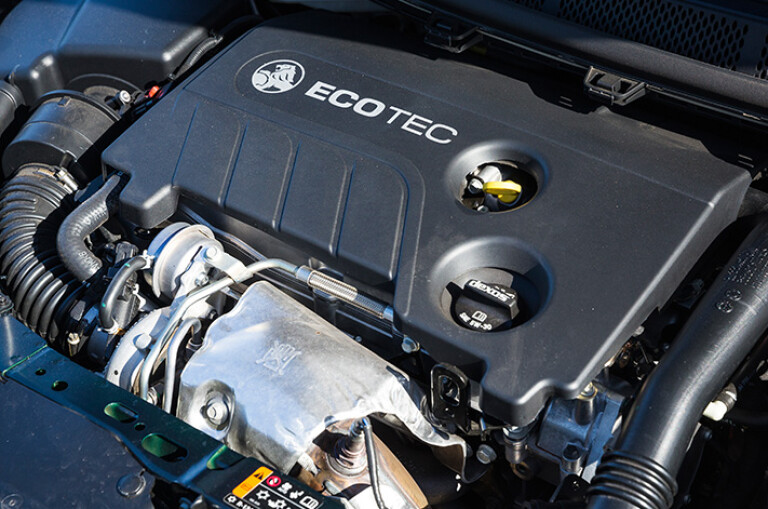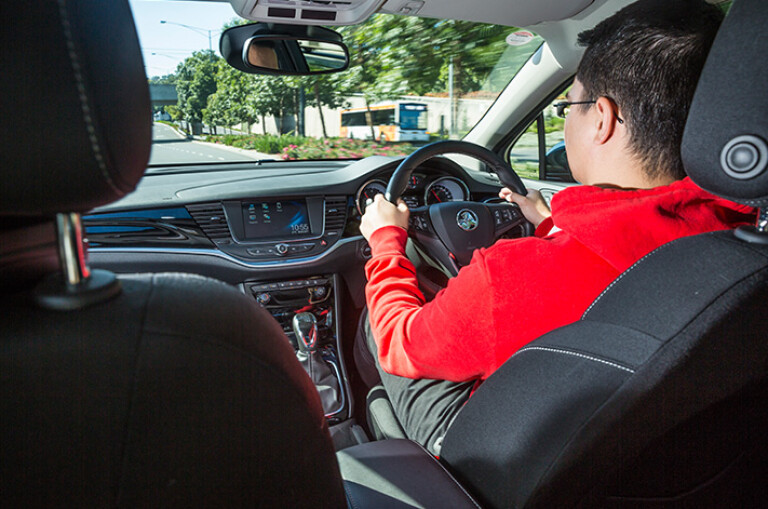
FAMILIARITY breeds contempt, so they say, but month three with the Holden Astra RS proves that there are exceptions to that cynical maxim.
The primary reason why I’ve yet to grow weary of the Astra is the fact that it is an astonishingly well-sorted drive. Scratch that: it’s just plain fun.
And how could it not be? With 147kW and a mega-stout 300Nm, the Astra’s 1.6-litre donk has performance metrics that, had it rolled into showrooms a decade ago, would have put it ahead of a Golf GTI for torque and equal to the German hot hatch for power.

Meld that considerable muscle with suspension that manages to be both supple and dynamic, and the result is a car with a much feistier nature than its demure exterior suggests.
There are some downsides, though. All of that torque is a blessing and a curse: it’s wonderful for overtaking, highway on-ramps and restoring honour in rolling-start drag races, but it also generates ample axle tramp off the line in slippy conditions. There’s more than a smidge of torque-steer tug under hard acceleration too.
Does it spoil the experience? Is the Astra’s 1.6 – gasp – too powerful? Last month’s city schlep had me wondering whether the chassis could contain all of that energy on a winding mountain road, so it was time to head beyond Melbourne’s city limits to discover whether comfort-biased spring rates are as good at dispatching corners as they are at ironing out speed bumps.
Pointing the Astra’s plasti-chromed nose toward the Yarra Valley, it takes two hours before twisty tarmac appears through the windscreen. At the first corner, it’s apparent the engineers tasked with honing the Astra’s suspension are keen drivers.

Even with a relatively unsophisticated torsion-beam rear, it absorbs big bumps with aplomb yet happily tilts into corners in a fashion that recalls hot hatches of yore. The steering is almost perfectly weighted for this kind of driving too, and feels natural and tactile for an electrically assisted rack.
Yep, torque steer is ever-present when you’re thumping the right pedal, but it’s not strong enough to wrench the wheel from your hands and, if anything, adds a little zest to the Astra’s driver involvement.
A bigger issue is traction. Apply the full dose of torque and the inside front tyre struggles to maintain purchase when accelerating out of a corner, the traction control not proving clever enough to apply a dab of brake on the spinning wheel. A limited-slip differential would help, or at the very least a more sophisticated traction-control calibration.
But dynamically speaking, these are the only sizeable blots on the Astra’s ledger. Don’t let its librarian looks deceive you – the Astra RS can thrill on the right road.
Malformed knob
Shifter ergonomics may not be so critical in an automatic, but they’re vital in a manual – why bother with the three-pedal option when your left palm will be forever punished by an uncomfy knob?
Astra’s shifter fails the ergo test due to the reverse lockout button being placed right where your fingers curl around, and that transparent plastic window on the top is begging to be scratched up by jewellery.

First published in the July 2017 issue of Wheels Magazine, Australia’s most experienced and most trusted car magazine since 1953.
Read part two of our 2017 Holden Astra RS long-term review here!
COMMENTS